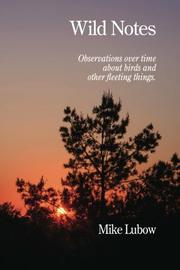
Years ago, when I reviewed Brian Kimberling’s Snapper, I reflected a bit on the pros and cons of writing in the chatty, conversational style of the loquacious guy on the next bar stool. Given that it’s a style I myself often adopt (and sometimes fail at), it’s something I’ve thought a lot about. Pulled off properly it can be charming, funny, discursive and yet rewarding. If the author’s focus lags or fixes on the wrong object, however, it can become rambling, annoying, and pointless.
The difficulties with this style are doubled when writing sketches rather than a work with a unified plot, since plot by its very nature tends to provide focus. Once upon a time sketches were used to dispatch facts and impressions from migratory writers back to stay-at-home readers, but in a modern era of cheap travel, photography, and the internet, literature is no longer the most efficient way to serve this purpose. Sketches served over the internet – blog posts, if you will – can still function much as they did in Dickens’ day, but between the covers readers want more. They want what my old thesis adviser described as “aboutness”, some unifying concern or theme that not only repeats but builds up a satisfying edifice of thought in the reader’s mind.
Which brings us to the problem of creating a book by assembling a group of blog posts. Many have attempted this mission, and it has defeated most of them, even when the blog posts in question included cute pictures of cats. For text descriptions of bird walks the bar is even higher before the reader is going to invest the effort required to move the eye across the page.
Two-Fisted Birdwatcher, the online venue where the contents of Wild Notes first appeared, is a perfectly fine blog, serving the joint purposes of a nature journal and a public conversation about what’s going on in the avian world in author Mike Lubow’s neck of the woods. Unfortunately, as so often happens, the transition from blog to book robs the posts of the internet’s immediacy and interactivity, and adds nothing to make up the loss. Lubow’s observations are brief and surface-level. Occasionally he achieves the simplicity of a koan, but then again sometimes he lapses into sentences like “I’d go there to spot a spotted cat.” The themes that emerge, such as they are, are things like “Birds sure are different than people” and “It’s often cold in Chicago” – which could be the seeds of themes, to be sure, but they never build up to anything grander nor drill down to anything deeper. The factoids about bird observations may engage beginning birders for a short time, but they range between the obvious and the why even mention it? after a bit of repetition. This book could have stayed an entertaining blog to dip into on a slow day at the office, or it could have been polished and edited into something more cohesive, but as it is right now, it falls between two stools.
Wild Notes: Observations over time about birds and other fleeting things by Mike Lubow, $11.99





 New writers welcome – please contact us for details.
New writers welcome – please contact us for details.

















Leave a Comment